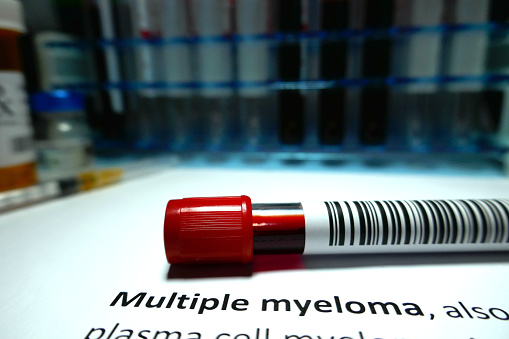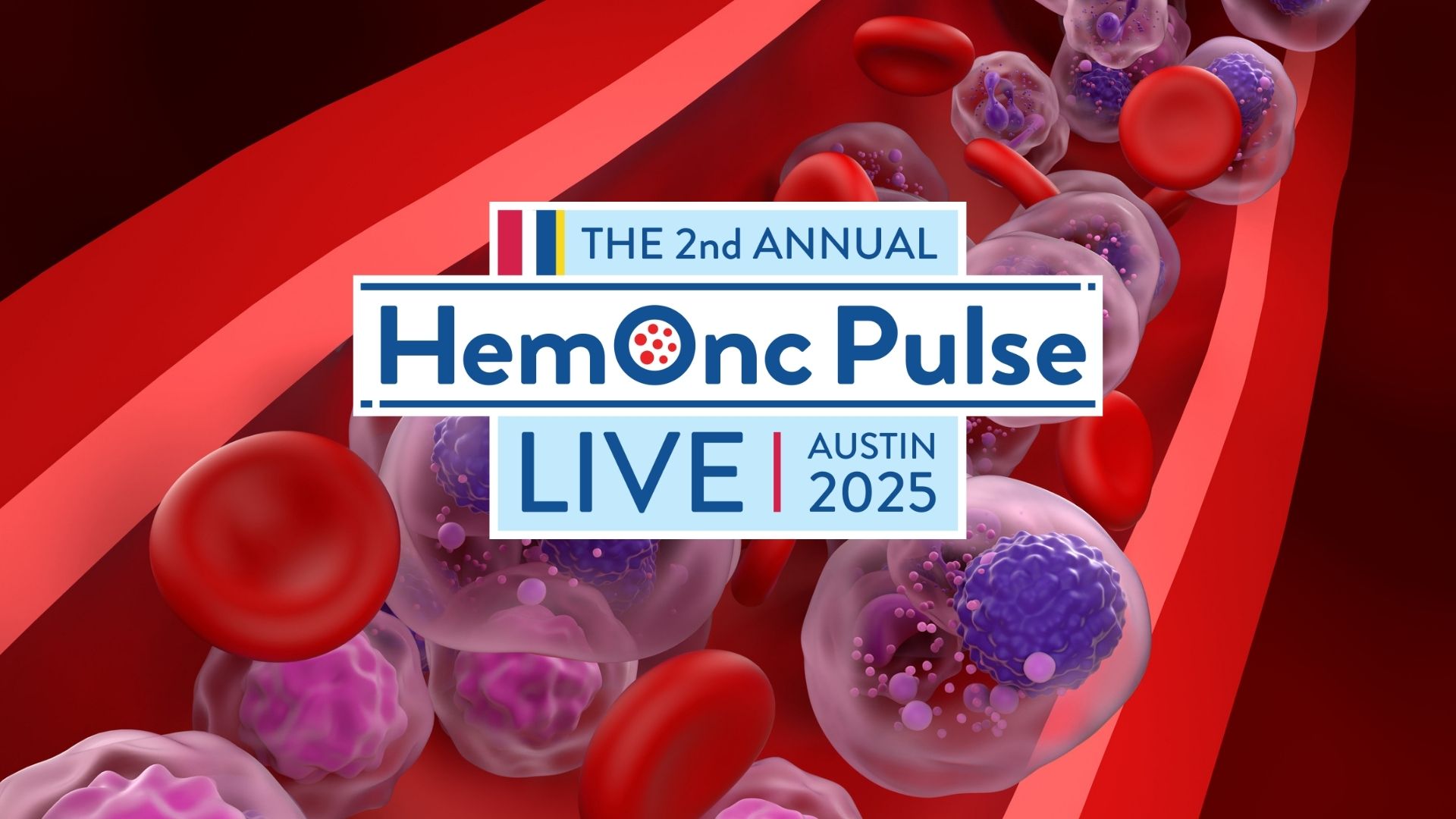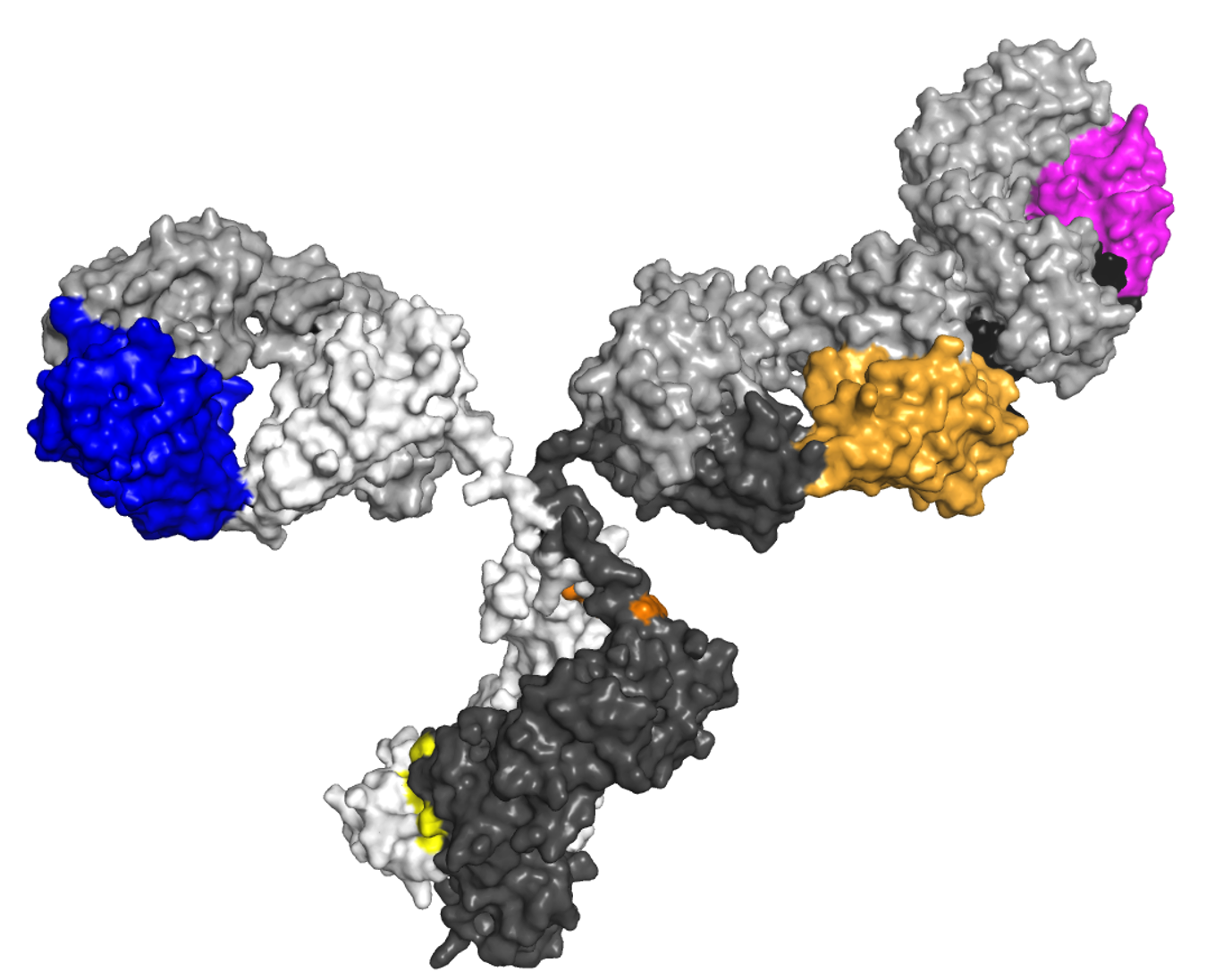
Two studies that assessed multiple myeloma (MM) care in Latin America found significant differences in access and outcomes between public and private health care institutions. Both studies were conducted by researchers from GELAMM (Grupo de Estudio Latino Americano de MM), which aims to understand and improve MM outcomes across Central and South America.
The first study, published in Leukemia & Lymphoma, evaluated clinical and survival outcomes of transplant-eligible patients with MM. A total of 1293 patients who were diagnosed between 2010 and 2018 were included.
The investigators found significant disparities in outcomes between patients treated in public versus private health care facilities. According to the researchers, care received in public institutions was associated with later diagnosis and decreased access to adequate front-line therapy and autologous hematopoietic cell transplantation (AHCT). Patients who received timely guideline-directed care with novel drugs, followed by AHCT and maintenance, achieved similar clinical outcomes to those noted internationally.
In the second study, published in the Annals of Hematology, researchers investigated access to MM diagnostics and care options across 13 countries in Latin America. The team conducted surveys with 109 hematologists in this region, one third of whom worked exclusively in the private sector.
Respondents at public institutions reported not having access to diagnostics between 20-60% of the time depending on the test, including imaging technology such as magnetic resonance imaging (MRI), computer tomography (CT), or positron emission tomography (PET). Lack of access to diagnostics in private institutions ranged from less than 5% to 33% depending on the test or technology. AHCT was available in most surveyed countries, though there were reports of delays to transplantation, particularly in public facilities.
“Although not analyzed in the present study, this diagnostic and treatment gap between both systems is likely to be translated into differences in survival, which is greatly concerning,” wrote the study authors.






 © 2025 Mashup Media, LLC, a Formedics Property. All Rights Reserved.
© 2025 Mashup Media, LLC, a Formedics Property. All Rights Reserved.